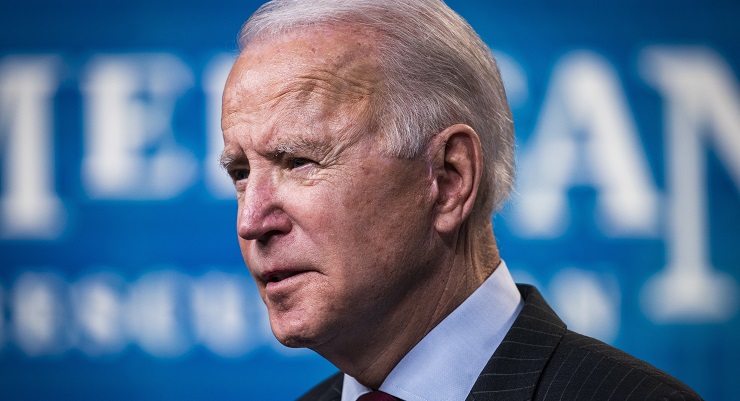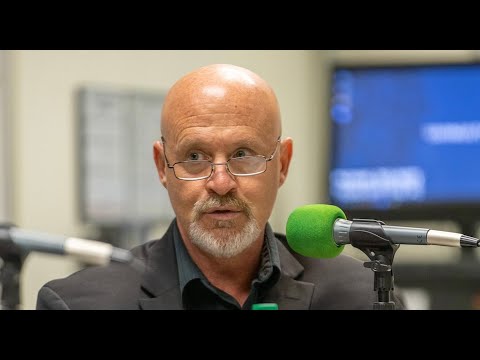Great steps have been made against the global proliferation of nuclear weaponry. But further action must be taken to ensure the arms race doesn’t once again gather speed.
Two days after Joe Biden was sworn in as president of the United States, a new global security pact came into effect. You likely missed it.
The Treaty on the Prohibition of Nuclear Weapons, first adopted in 2017 at a conference convened by the United Nations General Assembly, prohibits member states from taking any measures to develop, test, produce, manufacture or otherwise acquire, possess, or stockpile nuclear weapons or other nuclear explosive devices. While not legally binding on non-participants, supporters believe it will reignite momentum toward the elimination of nuclear munitions.
Their ambition is welcome. After ratification of the Non-Proliferation Treaty half-a-century ago, the world made substantial strides towards nuclear disarmament. A global protest movement applied enormous pressure on governments to ban the bomb. This contributed to a succession of agreements between the two superpowers that slashed the nuclear stockpile and restricted development of new technologies.
Can the world stop the arms race dead in its tracks? Learn more…
Already a subscriber? Log in to keep reading.
Or, register your email address for a FREE 21-day trial.








